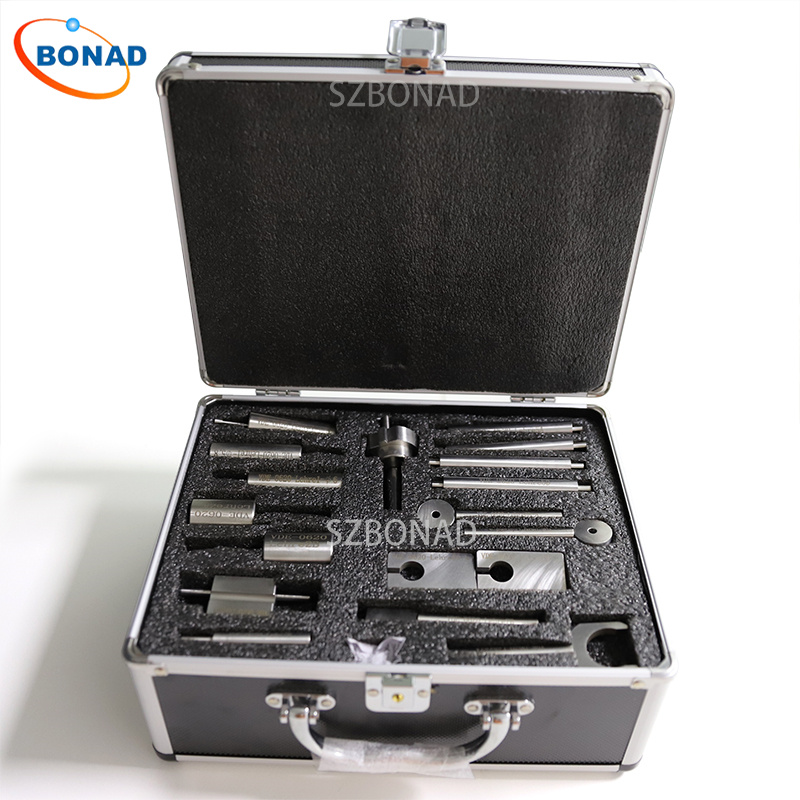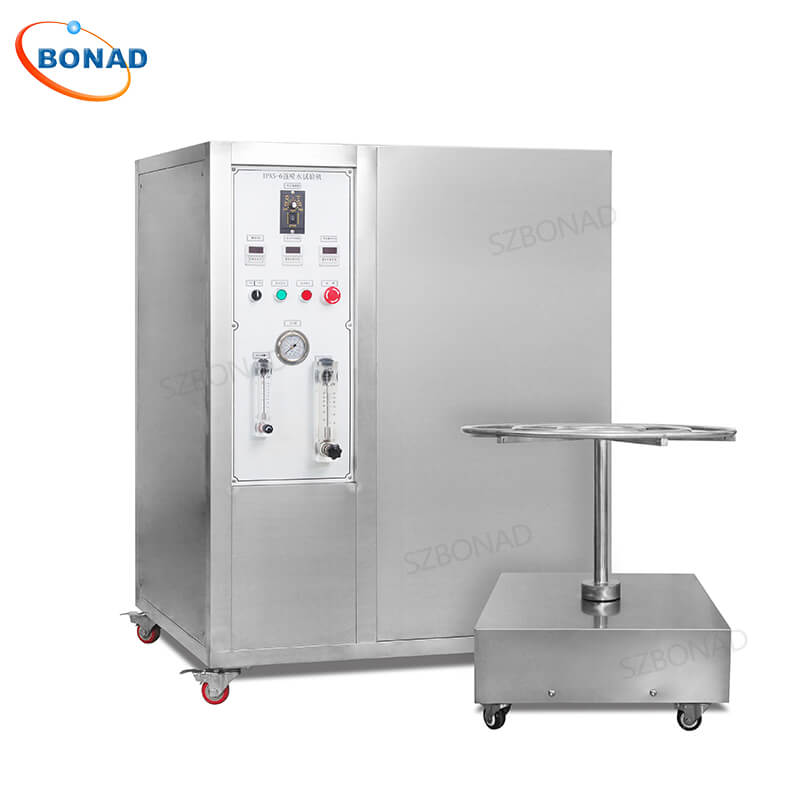In sectors like aerospace, power transmission, and automotive, icing is more than a meteorological phenomenon—it’s a critical safety and performance challenge. From aircraft wing ice that causes flight delays to ice accretion on power grids that triggers widespread blackouts, ice buildup can have catastrophic consequences. To ensure equipment reliability in extreme environments, compliance with rigorous standards like MIL-STD-810 Method 521 for icing and freezing rain testing has become an indispensable part of product development and certification.
Why Ice Testing is Critical: Uncovering the Hidden Risks of Ice Accretion
When ice forms on equipment, the impact goes far beyond simple added weight. Professional testing is designed to uncover these critical risks:
- Mechanical Failure: Ice can bind moving parts together, interfere with mechanical clearances, and cause critical failures in sensors, cameras, and articulated joints.
- Structural Integrity Threats: The additional load from ice can exceed design limits, posing a risk of structural failure, especially for large structures like wind turbine blades and power transmission lines.
- Performance & Safety Degradation: Ice disrupts aerodynamic profiles, reducing the efficiency of aircraft and turbines; it blocks visibility on optical windows and can even impair the transmission of radar and communication signals.
- Secondary Damage: The mechanical or chemical de-icing measures taken to remove ice buildup can themselves cause unintended damage to surface finishes or internal components.
By simulating these conditions, manufacturers can identify weaknesses and optimize designs before products are deployed in the field.
Understanding Ice Types: Glaze vs. Rime Ice
MIL-STD-810 clearly distinguishes between the two most common forms of ice accretion, which is crucial for setting accurate test conditions:
- Glaze Ice: Typically formed when freezing rain or drizzle lands on a surface below 0°C. It is hard, transparent, and strongly adhesive, forming a heavy, solid ice layer.
- Rime Ice: Formed by the rapid freezing of supercooled fog droplets or tiny water droplets upon impact. It is usually white and opaque, with a brittle, crystalline texture, and tends to build up on the windward side of objects.
Understanding the formation mechanisms and physical properties of these two ice types is fundamental to accurately replicating natural phenomena and conducting effective tests.
The Professional Solution: Precise Simulation with an Advanced Ice Test Chamber
Replicating the complex process of natural ice accretion in a controlled laboratory requires highly precise equipment. The SZBONAD Ice Covered Test Chamber is a professional environmental simulation device designed for this exact purpose.
Also known as an Artificial Icing Laboratory or Icing Wind Tunnel, our chamber can accurately and repeatably create a wide range of icing conditions, including freezing rain, supercooled water droplets (fog), and various combinations of temperature and humidity. This allows engineers and researchers to systematically study the formation and effects of glaze ice, rime ice, and mixed ice on their products or components.

Cross-Industry Applications: Ensuring Safety from the Skies to the Ground
BONAD Ice Test Chambers serve multiple cutting-edge industries, acting as an unsung hero in safeguarding critical infrastructure:
- Aerospace: Provides the test basis for the R&D and certification of de-icing and anti-icing systems for wings, engine inlets, and probes, ensuring compliance with FAA and SAE standards.
- Power Energy: Tests the electrical and mechanical performance of composite insulators, power line components, and other electrical equipment under icing and polluted conditions, validating their conformance to standards like IEC 60815.
- Wind Energy: Evaluates how ice accretion on turbine blades affects aerodynamic performance, balance, and structural integrity, enabling optimized blade design or de-icing strategies.
- Automotive & Rail: Validates the reliability and recovery capabilities of autonomous driving sensors, cameras, and braking systems in severe icy conditions.
A Foundation of Trust: Compliance with International Standards
Our chambers are designed and built to adhere to internationally recognized testing specifications, ensuring the authority and global acceptance of your test results. Key compatible standards include:
- MIL-STD-810 Method 521: Icing/Freezing Rain
- ISO 12494: Atmospheric Icing of Structures (The international authority on ice loads)
- IEC 60815: Selection and dimensioning of insulators for polluted conditions (covers icing)
- FAA / SAE Standards: Provides a compliance framework for aerospace applications.
Technical Highlights: Ensuring Data Accuracy
- Multi-Parameter Independent Control: Precise control over temperature, wind speed (0-10 m/s+), precipitation rate, humidity, and supercooled water droplet parameters.
- Robust Construction: Features high-quality stainless steel interiors and exteriors with high-efficiency insulation, ensuring long-term thermal stability and corrosion resistance.
- Focus on Static Testing: The chamber is optimized for testing fixed samples (e.g., insulators, sensor assemblies), providing a stable and reliable environment ideal for power equipment and component testing.
Conclusion
In the fight against environmental challenges, being proactive is far more effective than being reactive. Through in-depth ice testing, companies cannot only meet compliance requirements but also fundamentally enhance product durability, safety, and market competitiveness.
If you are seeking reliable environmental validation solutions for your products, our expert team is ready to assist you. Contact us today to learn how a BONAD Ice Test Chamber can help you conquer the most severe icing challenges.


